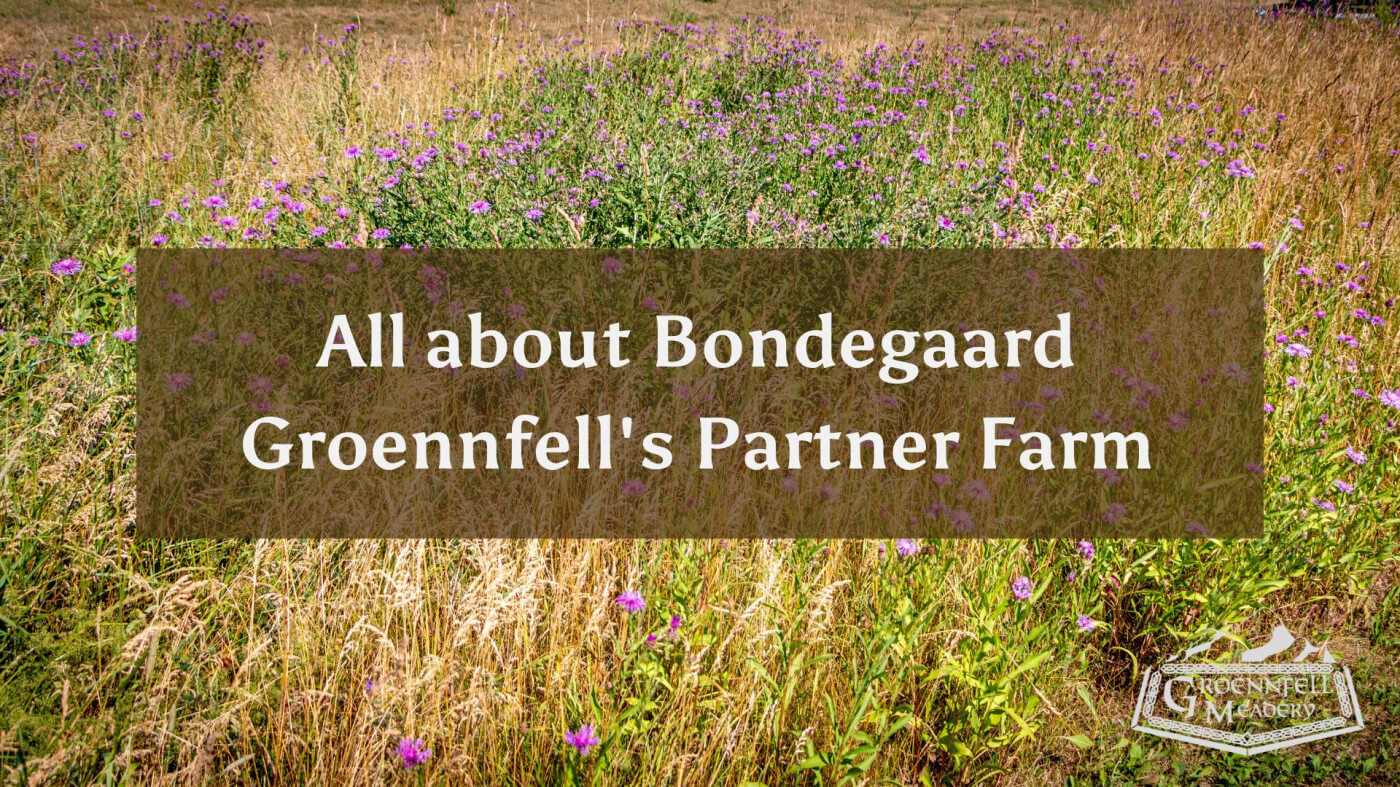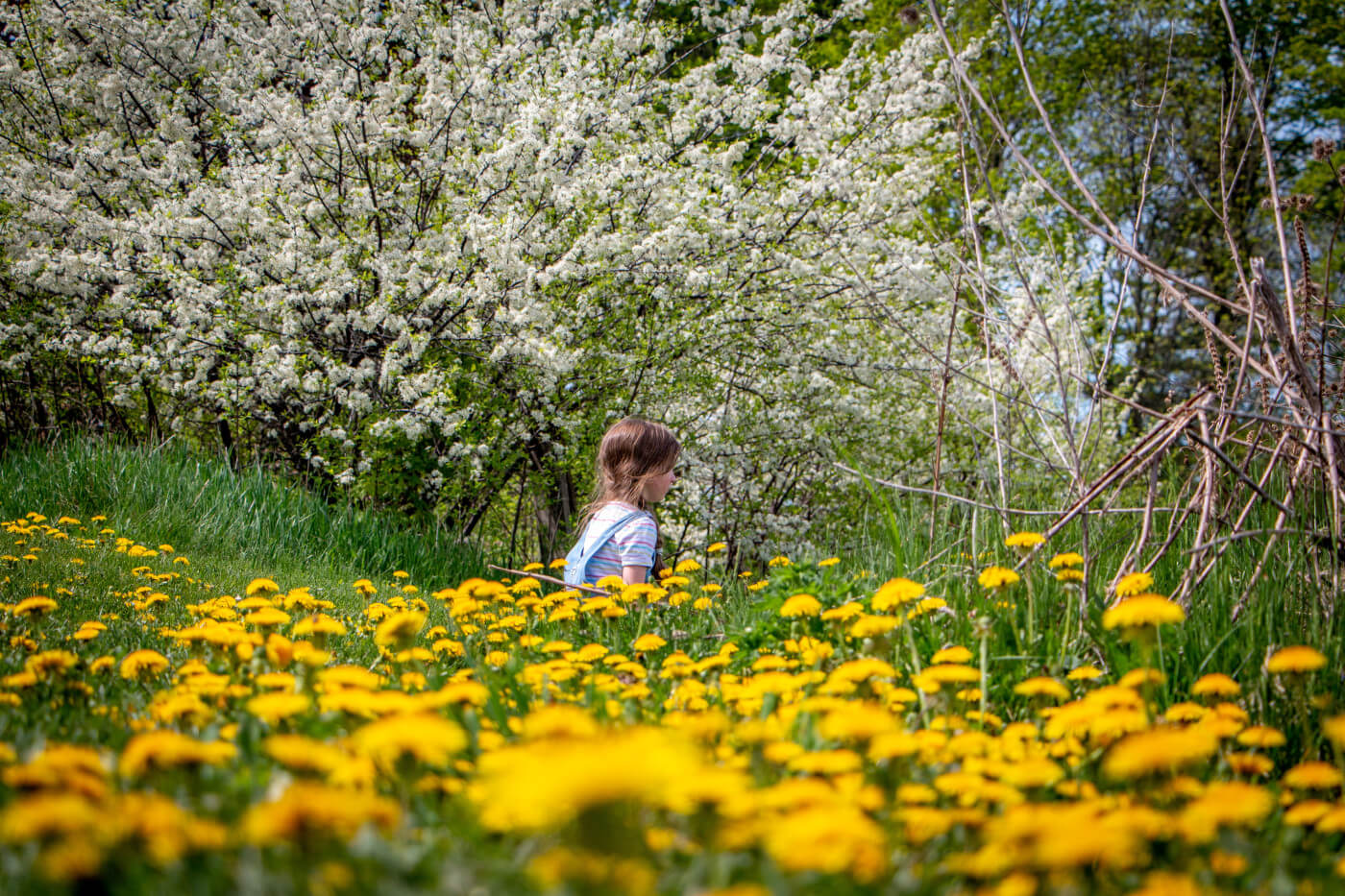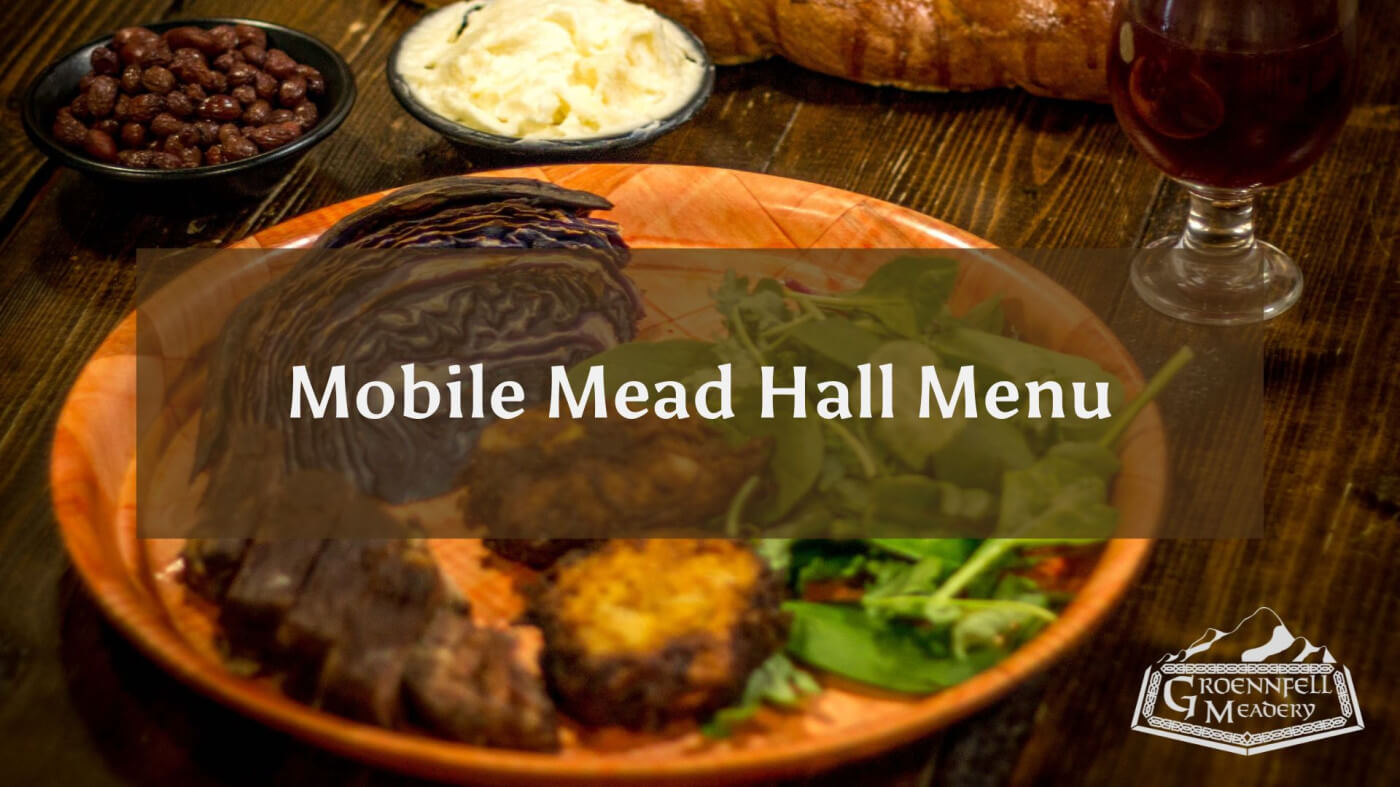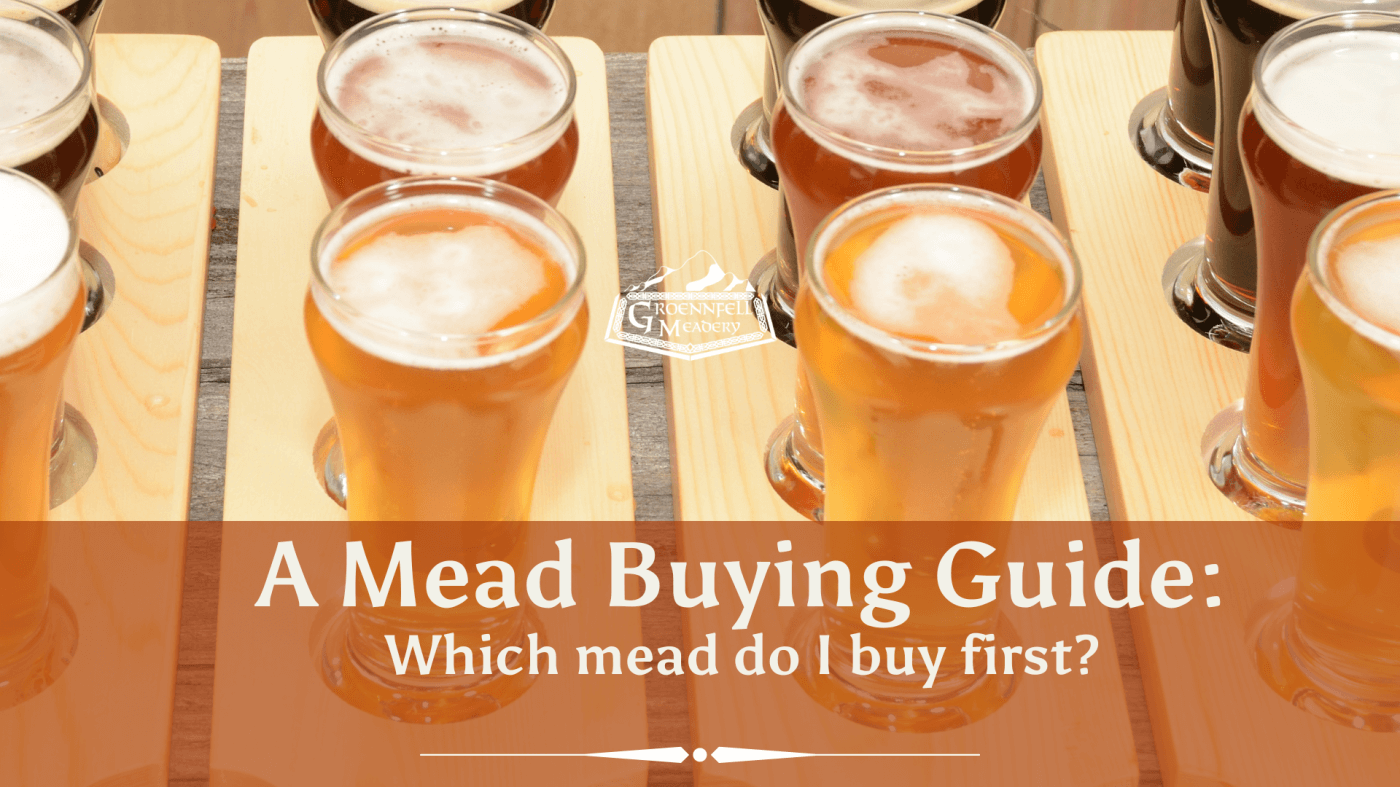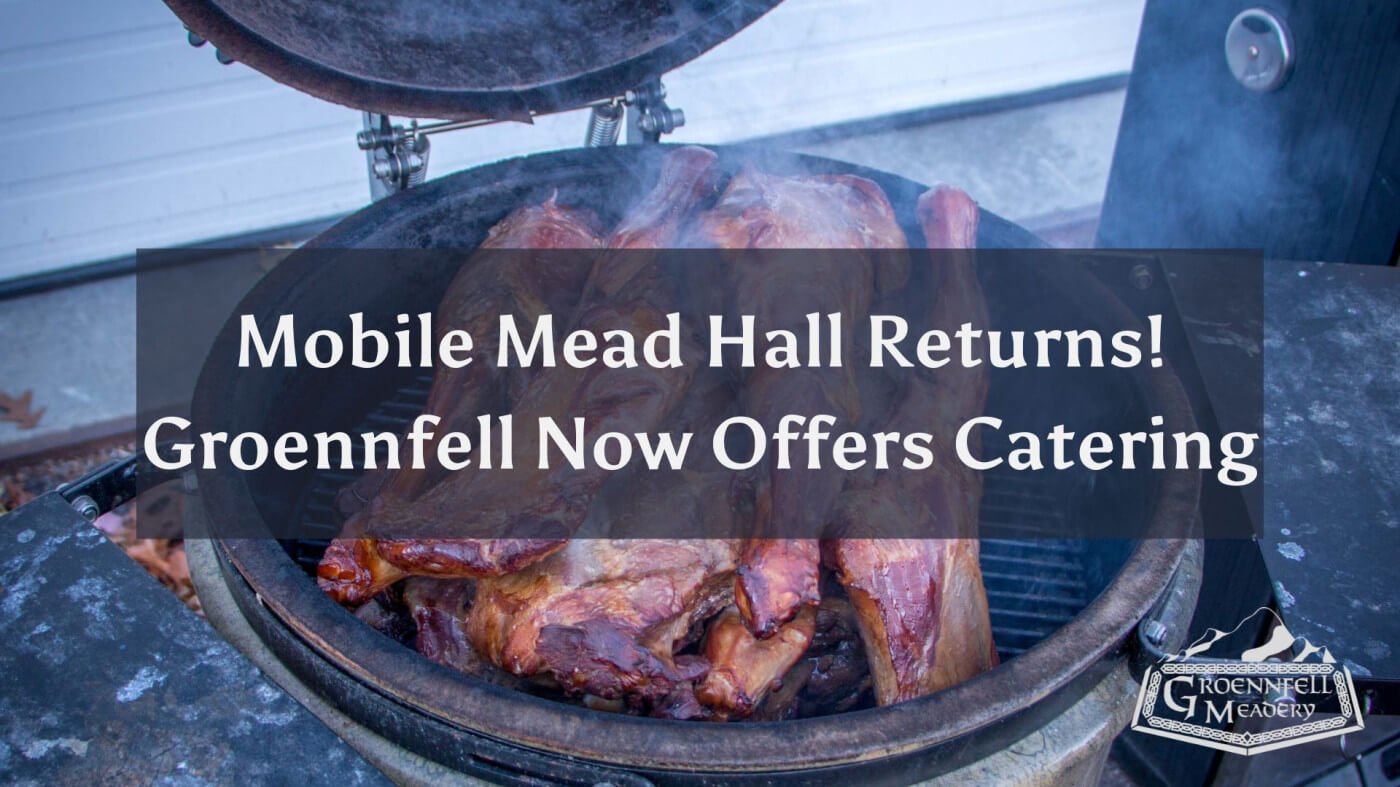A few weeks ago, we announced that our partner farm, Bondegaard, was awarded a resiliency grant from the Northeast Organic Farm Association and we've decided that it's finally time to answer the burning question: What heck is a meadery doing with a farm?
We've decided that it's finally time to unveil this passion project of ours in all if its beautiful, frustrating, exhausting, and inspiring glory.
Why does a meadery have a farm?
Originally, Bondegaard was founded as a wild pollinator support project. That was back in 2015. Other than the house and a few trees up front, the majority of the two acres had been maintained as a lawn before that date. We wanted to do our part to create a healthy, safe space for as many species as we could.
It's also, not coincidentally, where Ricky and Kelly live, so that made the decision a little easier.
As time went by, we started integrating more permaculture plots and strategic plantings focused on growing ingredients for our batches, like Fire on Snow, and ingredients for our catering operation. (More on that coming soon!)
The farm and the riparian habitat which we maintain behind the meadery go a long way towards helping us offset the small amount of carbon produced by our production. Perennial agriculture has huge potential as a carbon sink.
A little history of Bondegaard.
As mentioned above, when we started the farm, we were looking at about two acres of lawn with a few trees right around the farmhouse. Our first step was to mow a few paths, and let the grasses and forbs grow up on their own.

It wasn't much, but it was definitely a start. Within a few years, we were able to use only an electric push mower charged by 100% renewable electricity, so we felt pretty good about that from a carbon-sequestration perspective.
The next summer, however, absolutely BLEW OUR MINDS! Other than one big mow in the late spring, we did nothing to seed or plant-out the majority of the land, and instead of a big field of grass, we found that we had over two dozen flowering species plus half a dozen species of grass.
Instead of the stark silence or machinery thrum of many modern farms, Bondegaard was full of a thousand sounds of birds, insects, and larger mammals. Both of those photos are of the same plot only a year and a few months apart. (Incidentally, a few years later we were named a Colossal Monarch Site by Monarch Watch.)
As our family grew, started integrating small patches of cultivated land to grow our own food and herbs.
When COVID shut down a lot of our onsite operation, Nora and Ricky stayed at the farm and put in thousands of square feet of perennial plantings from native fruits to culinary herbs.
In 2022, we put in several new annual beds right near the farmhouse where we grew many of the ingredients that we'd need to reopen our Mead Hall. We also added mushroom cultivation to the farm, which has been a blast!
With the planting of numerous nut and native fruit trees in 2023 (including the new hedgerow), we're right about the ratio we want for cultivated versus "wild" land, which is right about 1:4 (that is to say, for every thousand square feet under cultivation or human habitation, we have four thousand square feet in perennial pasture).
We put "wild" in quotes for two reasons. First, because we do have to mow it once per year to keep it from turning back into forest, and second, because nothing that's been under cultivation and human habitation for centuries is truly wild.
As for our harvest, much of it (both for our staff lunches as well as ingredients for our batches) is foraged plants from the "wild" part of the grounds, which is pretty cool.
In 2022, we were able to produce a substantial amount of the food for our family, provide over 90% of the herbs and spices we use (excluding salt), as well as produce ingredients for two separate batches of mead. We chose not to sell any of our produce directly, but shared it with our team instead.
Where is the farm, and is it open to the public?
Bondegaard is located in Swanton, the next village over from Saint Albans, and it's about nine miles from the Meadery. For those of you who are here because you're also small farmers (if that's you, definitely check out our request for ingredients from small farms), we're Zone 5A (usually) with wildly erratic first and last frost dates because we're A) in Vermont and B) less than 300 yards from Lake Champlain.
As for visits, although we do host events there from time to time, the farm isn't generally open to the public (for reasons that you might be able to guess). If we have any upcoming tours, we'll definitely drop info on Eventbrite, Facebook, etc.
Why is it called "Bondegaard" and how do you pronounce it?
"Bondegaard" is a Danish word (which also appears in some of the other Scandinavian languages) which simply means "farm." Our land use and family ethos was inspired by many of the smallholdings which Ricky visited throughout Scandinavia, and we wanted to pay homage to that history.
It's pronounced however you prefer to pronounce "Kierkegaard." The normal UK and American pronunciation has it rhyme with "yard" (which, not coincidentally, is a cognate word). In Danish, it rhymes with "Goa." We switch back and forth depending on which language we're speaking at the time.
So, seriously, why does a meadery have a farm?
There were two real reasons we started the farm. The first, as mentioned above, was for environmental reasons from pollinator health to carbon sequestration. The other was that we wanted to give the Mead Hall kiddos access to the kind of safe and wild land that so many of us had in our own childhood and that many Scandinavian children still have access to.
Growing ingredients for our batches and food for our family, actually came much later.
In the end, it's all about stewardship and making a welcoming, safe, nurturing space for all living things from fungi to hoverflies to filberts, and, of course, their human companions as well.
And, let's be completely honest here, it makes a great location for photoshoots.

